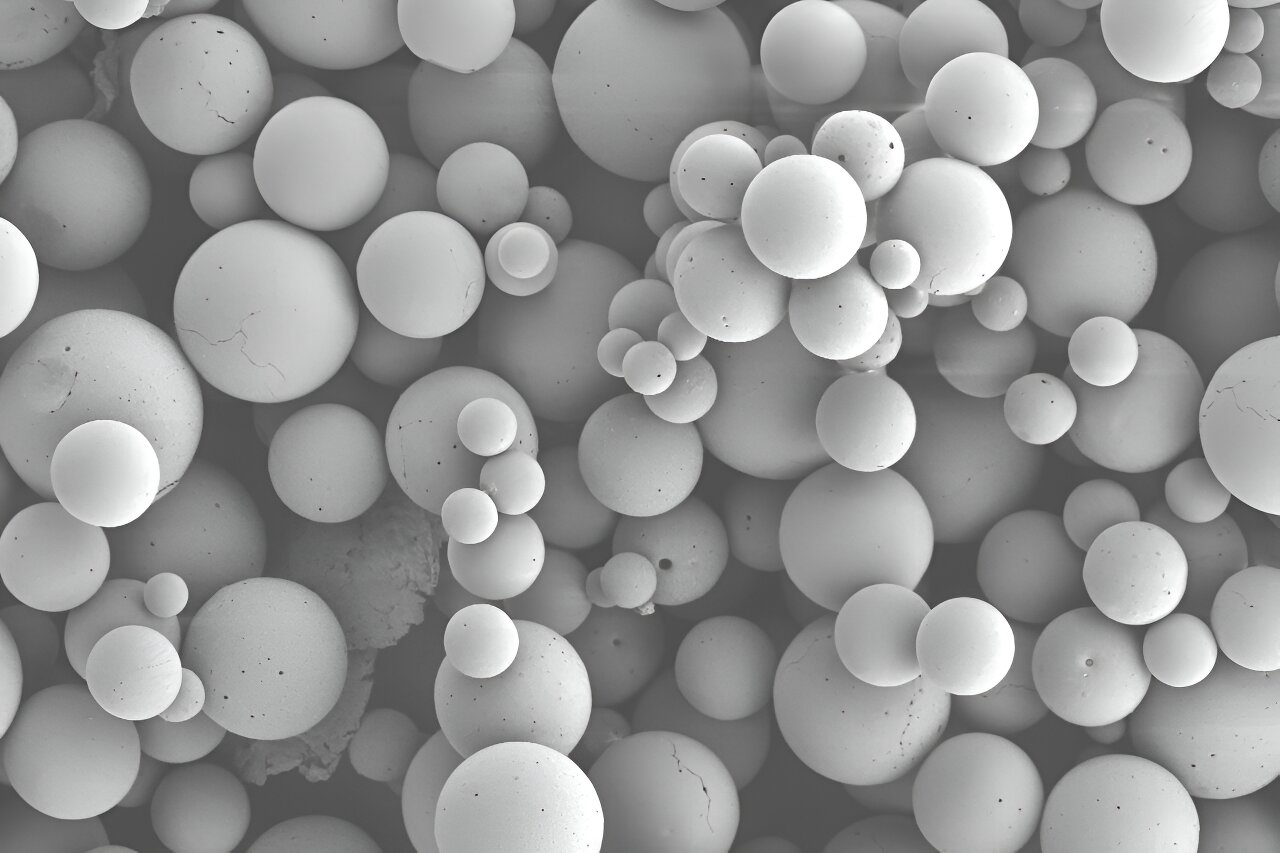
Targeting the immune system could prevent or treat periodontal disease (PD), a common but serious disease of the gums, according to new research from the University of Pittsburgh.
The study, published in Proceedings of the National Academy of Sciences, showed that delivering microparticles containing the immune-modulating compound CCL2 directly to the gums inhibited bone loss and sped up bone repair in a mouse model of PD.
“Treatment for PD has always focused on targeting bacteria, but bacteria don’t actually cause the disease. Rather, they trigger PD by activating the immune system, which leads to inflammation and bone loss around teeth,” said senior author Charles Sfeir, D.D.S., Ph.D., associate professor and chair of the Department of Periodontics and Preventive Dentistry in the Pitt School of Dental Medicine and member of the McGowan Institute for Regenerative Medicine. “Our study shows that it’s a two-way street: If we contain the immune system, we can shift the composition of bacteria and prevent the disease from happening or stop its progression.”
Sfeir teamed up with Steven Little, Ph.D, distinguished professor and chair of the Department of Chemical and Petroleum Engineering in the Swanson School of Engineering and member of McGowan, who developed microparticles that provide sustained release of CCL2.
“The potential for engineered systems to interact with the immune system of the periodontal space is tremendous and represents a completely different way to treat disease as compared to what is being done clinically now,” said Little. “This collaboration with Dr. Sfeir is further evidence of the exciting future for these kinds of technologies.”
Led by first author Mostafa Shehabeldin, M.S., Ph.D., who was a graduate student in Sfeir’s lab and is now an assistant professor of periodontics at UT Health San Antonio, the researchers first induced PD in mice by tying a strand of silk around one of their molars. The silk quickly accumulates bacteria, inducing inflammation that starts to rapidly destroy bone around the teeth within just four days.
To see whether CCL2 could prevent PD or treat actively progressing disease, the researchers treated the animals with the microparticles at the same time as silk placement or four days afterwards. They also examined whether CCL2 would impact disease that was resolving on its own by treating mice with microparticles at the same time as they removed the silk.
In all three scenarios, the CCL2 therapy helped prevent or treat PD by reducing bone loss and improving bone repair.
This beneficial effect was driven by changes in macrophages, the white blood cells that kill microorganisms, remove dead cells and stimulate other immune cells. In PD, most macrophages are the inflammatory M1 type, but treatment with CCL2 shifted them to become the anti-inflammatory M2 type.
Injection of microparticles also altered the oral microbiome, reducing or preventing increases in the overall bacterial load and abundance of some bacteria species associated with PD.
“PD is an extremely widespread inflammatory disease that impacts many patients to varying degrees of severity,” said Sfeir. “This research is exciting because it has the potential to impact so many people.”
According to Sfeir, who hopes to test this new approach for treating PD in a future clinical trial, CCL2 therapy would likely be developed as an adjunct treatment that would work alongside traditional bacteria-targeting therapies that include regular dental cleanings and antimicrobials.
“For 70 to 80 percent of the population with PD, they get a dental cleaning, and the inflammation goes away,” said Sfeir. “But a small fraction of patients, even though they have regular cleanings and maintain meticulous oral hygiene, still have bone destruction. For this aggressive PD, we don’t yet have a good therapy. This is where we think modulating the immune system with something like CCL2 would really help.”
The findings also offer new insights into understanding interactions between the immune system and microbiome.
“The oral cavity is one of the few areas of the human body where you can study interactions between microbes and the immune system, and it’s much more accessible than other areas like the gut and lungs,” said Sfeir. “This makes PD a really important model system for other diseases driven by the immune system.”
Other authors on the study were Jin Gao, Ph.D., Yejin Cho, Rong Chong, M.S., Tracy Tabib, M.S., Sarah Gaffen, Ph.D., and Robert Lafyatis, M.D., all of Pitt; and Lu Li, Ph.D., Matthew Smardz, Patricia Diaz, Ph.D., D.D.S., all of the University at Buffalo.
More information:
Mostafa Shehabeldin et al, Therapeutic delivery of CCL2 modulates immune response and restores host–microbe homeostasis, Proceedings of the National Academy of Sciences (2024). DOI: 10.1073/pnas.2400528121
Citation:
Immunotherapy for gum disease? Study in mice shows promise (2024, September 30)
retrieved 5 October 2024
from https://medicalxpress.com/news/2024-09-immunotherapy-gum-disease-mice.html
This document is subject to copyright. Apart from any fair dealing for the purpose of private study or research, no
part may be reproduced without the written permission. The content is provided for information purposes only.


